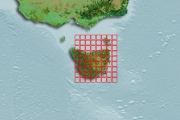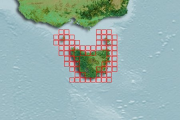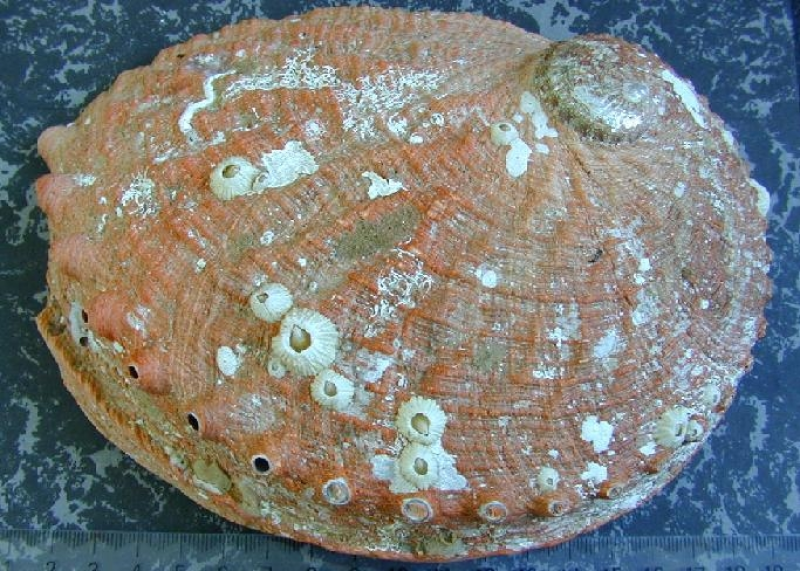Fisheries Sciences not elsewhere classified
Type of resources
Topics
Keywords
Contact for the resource
Provided by
Years
-

Underwater video technology was used to observe marine mammal interactions (seals, in particular Australian fur seals) within midwater trawl nets. A camera system was placed inside the trawl net in the vicinity of a Seal Excluder Device, designed to prevent megafauna from entering the codend of the net and provide an escape point. Digital video data was described according to a range of operational, catch and interaction fields, and made time-specific to each trawl shot. Data is linked to commercial catch and effort data providing operational, environmental and catch information.
-
Lipofuscin density in Giant Crab (Pseudocarcinus gigas) brain tissue was estimated through fluorescent microscopy. The intent was to relate lipofuscin to crab age. Some known age specimens were included in the sample, these were reared from larvae.
-

Describes the database used for storing Southern Rock Lobster (Jasus edwardsii) biological data collected by observers on commercial boats and dedicated research trips incorporating information on sex, length, weight, damage, reproduction, bycatch, protected species interaction, location, depth, tagging and equipment type.
-
The aim of this study was to assess how individual size-at-hatching and food consumption influences the growth of Octopus pallidus hatchlings reared under simulated seasonal temperature regimes in Tasmania.
-

The abalone commercial catch sampling project contains length-based samples from diver catches collected in Tasmania waters.
-

Southern Rock Lobster (Jasus edwardsii) biological data collected by observers on commercial boats and dedicated research trips incorporating information on sex, length, weight, damage, reproduction, bycatch, protected species interaction, location, depth, tagging and equipment type.
-

This projects' data on abalone translocations is stored in two databases containing data collected for abalone aggregation and larval surveys in Tasmania. Genetic information has also been generated using microsatellites.
-
Conducted a series of laboratory experiments to investigate the effect of temperature on swimming behaviour and development. Swimming behavioural responses were monitored for the first two zoeal stages, while larvae in development trials were reared through all five zoeal stages to the megalopa stage.
-
To test if the carapace length of lobsters changes during cooking, 21 legal-sized southern rock lobsters were collected in pots from Alum Cliffs, south-eastern Tasmania, Australia in October 1999 (42.95±S 147.35±E). The sample consisted of 7 female and 14 male lobsters ranging in carapace length from 106 mm to 153 mm (mean 120 mm). Each animal was abdominally tagged using individually marked t-bar tags (Hallprint T-bar anchor tag, TBA1; Hallprint Pty Ltd, 27 Jacobsen Crescent, Holden Hill, SA 5088, Australia). The carapace length of all lobsters were measured five times to the nearest 0.1 mm in a random manner, before and after processing. This repeated measurement of all specimens in random order was intended to evaluate measurement error. Processing was typical of that used commercially and involved killing the lobsters in fresh water before cooking in pre-boiling salted water for 12 minutes.
-

Database includes data on abalone size at maturity, collected from sites around Tasmania from 1988.
 IMAS Metadata Catalogue
IMAS Metadata Catalogue